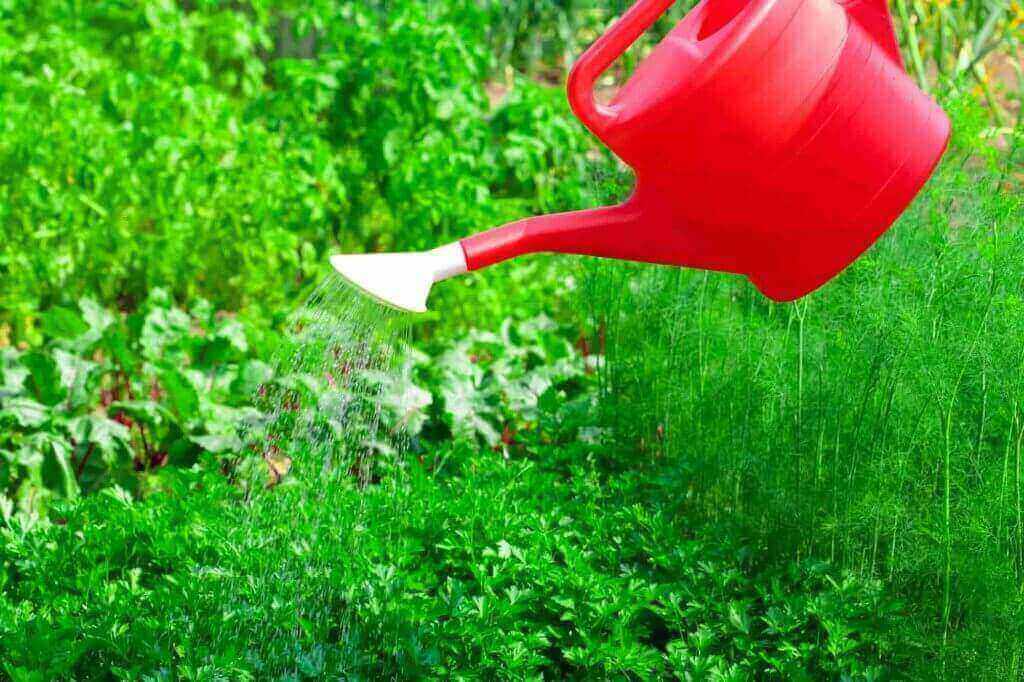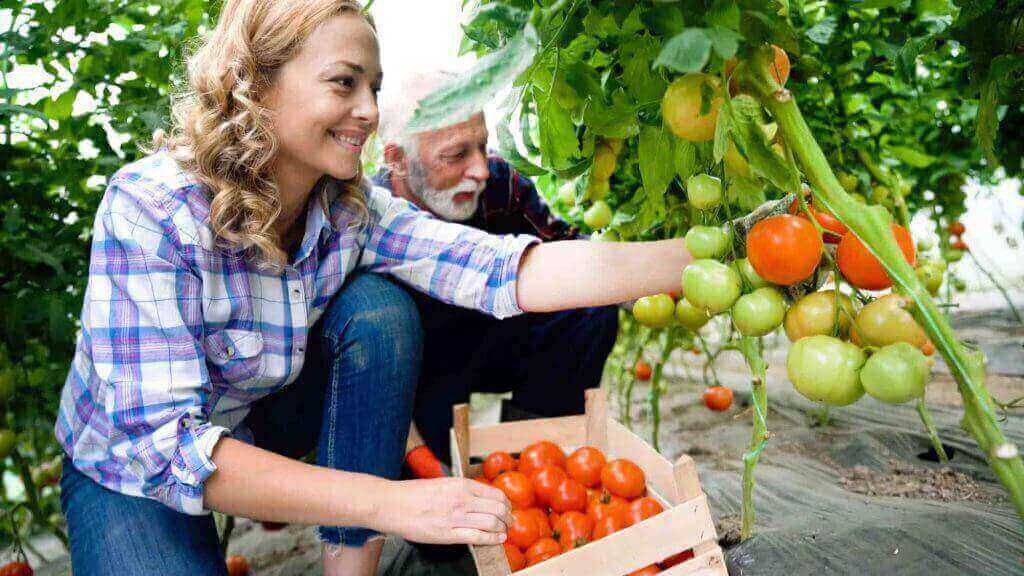👋 Click the mic button to talk to Alfred, the Todd's Seeds Gardening/Sprouting Expert – Feel free to ask him anything!
Ask Virtual Todd Anything - Click the Mic
Growing vegetables at home is an easy and affordable way to add delicious, fresh produce to your diet. Homegrown vegetables not only taste better, but they’re also more nutritious and super easy to grow. If you’re just starting, sometimes knowing where to begin can be the most difficult part. In this guide, we’ll take a look at everything you need to know about growing vegetables at home.
Choosing the Right Location
When it comes to growing vegetables at home the first thing you need is a space to grow them in. It doesn’t have to be a large area, in fact, it’s better to start off on a small scale. The area you choose must be bright and sunny. Ideally, your plants will need around six hours of sunlight each day. Make sure the area is easily accessible and close to a water source.
Select your Veggies
To grow your own veg, you´ll need some quality seeds to get you started. For your first attempt at growing vegetables at home, you should keep it fairly simple. Start by planting just one or two easy to grow plants, such as tomatoes or carrots. Obviously, you want to choose vegetables that you enjoy eating. Another thing to consider when you’re selecting your veggies is your growing space. For example, root vegetables need deep soil and won’t do well in shallow pots.
Prepare the Soil
Once you’ve chosen your spot, now its time to add or prepare the soil. If you’re growing veg directly into a patch of earth then it has to be prepared first. To do this you’ll need to dig and turn over the soil using a shovel. Keep working the earth until it’s soft and fine. You can improve the quality of your earth by adding compost to it. If you’re using containers, pots or raised beds then now is the time to add your compost. For the best results when growing vegetables at home, choose organic compost that’s suitable for growing veg. Growing vegetables at home is also a great reason to start up a home composting system using organic kitchen waste.
Plant the Seeds
Before you plant seeds, you should create a small plan of your vegetable patch and make some labels. Vegetables can take a long time to grow so you need to remember which plant is which. You can either put the seeds directly into the ground or germinate them in smaller pots first. If you’re growing in the ground or raised beds then plant your seeds in rows. Make sure that you leave enough space between each plant or seed. Some plants need a lot of space to grow in. You should sow seeds according to the guidelines that come on the packet.

Add Water
Watering your plants is the most essential part of growing vegetables at home. If you don’t keep your plants hydrated they’ll simply wither and die. Plants that are overwatered will face problems too so you must find the right balance. If you don’t have time to water your plants regularly then you should set up an automatic irrigation system.
It’s better to water your plants early in the morning. This way the water won’t evaporate throughout the day or damage the leaves under strong sunlight. You should give your plants a deep soak 3 to 4 times a week rather than shallow watering every day. Finally, you should always water your plants slowly and gently as opposed to blasting them with a hosepipe.
Keep Pests and Weeds Out
When you’re growing vegetables at home, the last thing you want is for your crop to fail. One of the reasons this may happen is due to an infestation of pests or weeds. You can keep infestations at bay by keeping a close eye on your plants, monitoring them each day if possible. Make sure that you remove any weeds that are growing around your plants. These will deprive your vegetables of vital nutrients and reduce the quality of your harvest. Sometimes you may even have to guard your plants against slugs, birds and even rabbits. You can do this with a net, chicken wire, or crushed eggshells for keeping slugs at bay.
Fertilize as Needed
Just like humans, plants need food to grow big and strong. As your plants develop, they’ll consume nutrients and minerals from the soil. Eventually, the nutritional content of the soil or compost will deteriorate. Unless your earth is super fertile then you’ll probably have to add fertilizer. The fertilizer will replace lost nutrients giving your plants a vital boost.
If you want nice organic veggies then it’s better to use natural, organic fertilizer. Natural options include manure, worm castings, and old ground coffee. You can fertilize the earth or compost before planting or at 3 to 4-week intervals throughout the growing period. Don’t over-fertilize your plants this will only lead to excessive stalk and leaf growth.

Reap What you Sow
Harvesting is the most rewarding part of growing vegetables at home and you should do it with care and precision. Use a sharp knife or gardening scissors so that you don’t damage the plant or vegetable. When harvest time is approaching, you should check your garden daily. This is so that you don’t miss the optimum harvesting moment or have your vegetables gobbled up by pests.
When it comes to the texture and taste of your vegetables, bigger ones aren’t always better. Most vegetables are better harvested a bit early rather than a bit late. For the best results don’t harvest in wet weather and to do it in the early morning or evening. Check the seed packet to get a rough idea about the harvest time. Use your sight, touch, and taste to determine the ripeness. Using a basket to collect your vegetables, it’s now time to enjoy your hard-earned harvest.
Now you know everything about getting started and you can look forward to many rewarding years of growing vegetables at home.
You can also watch the video version of this article below.
Subscribe to our channel for more gardening and sprouting videos: Todd’s Seeds Youtube Channel